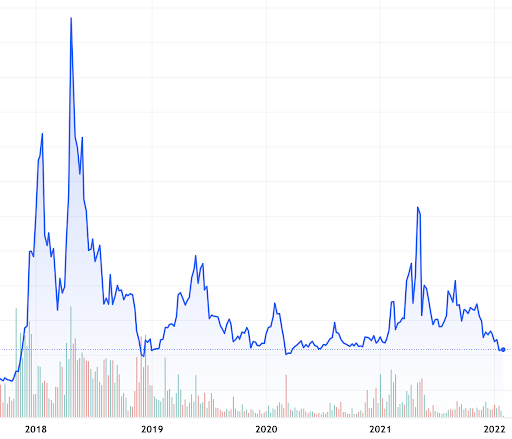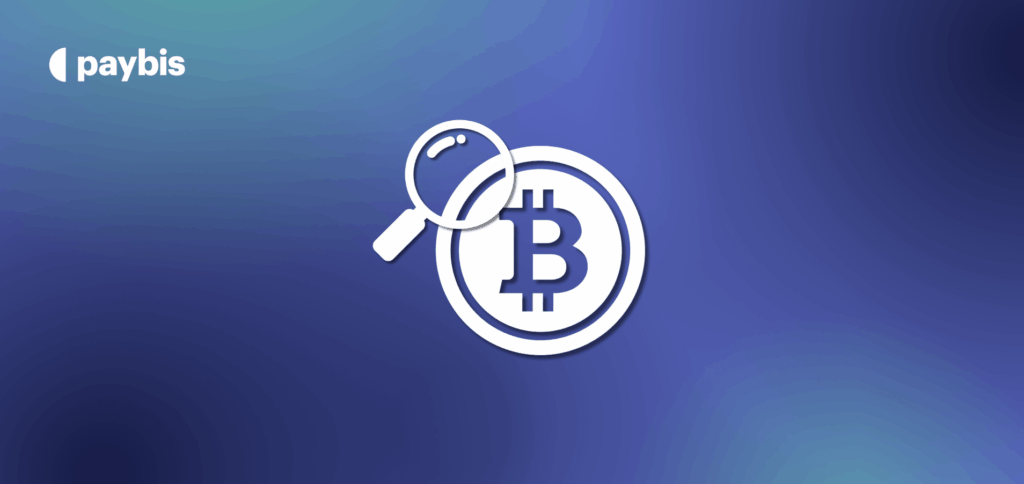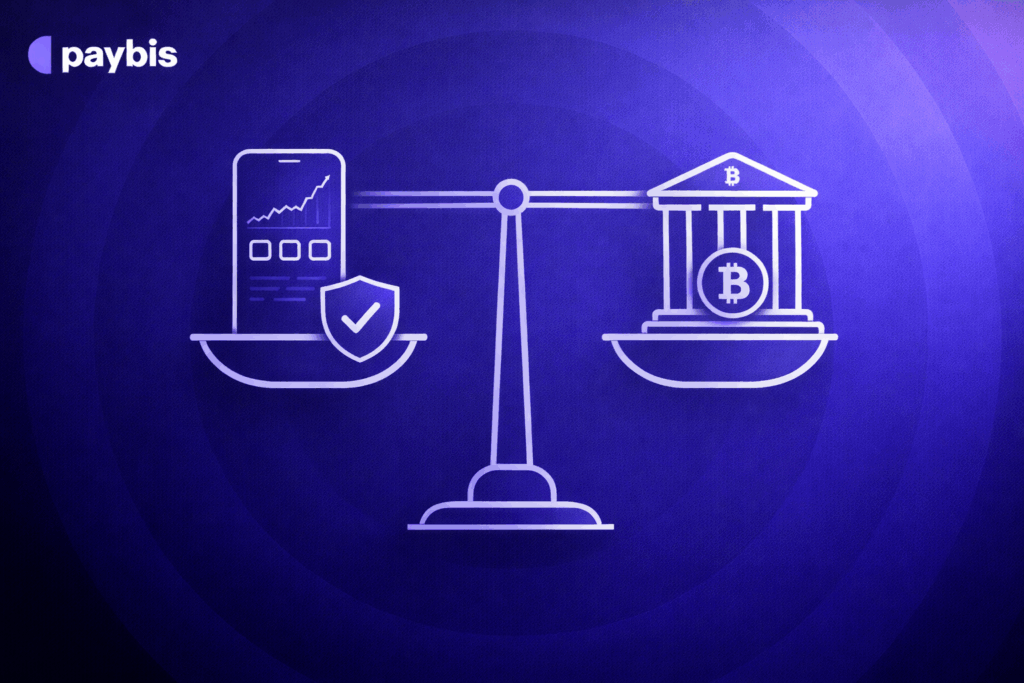EOS Price Prediction: Can it Rise Again?
HODLing is a favorite strategy for many crypto enthusiasts: keep your tokens, waiting for them to increase in value. In some cases, however, it can take a while!
Consider, for example, people who bought EOS in early 2018. Back then, it peaked at above $21; its highest point since has been slightly above USD 14. So what about EOS price prediction for 2025? Let’s take a deep dive and find out.
Table of contents
EOS Price History
EOS had its initial coin offering (ICO) in 2018 and took off in no time, hitting its all-time high of USD 21.54 in April 2018. It has not been able to replicate its initial success, however: EOS price had slipped below USD 3 by the end of the same year. It did benefit from the 2021 bull run, peaking at USD 14.37, but this, too, proved to be short-lived; it was back below USD 3 by early 2022, steadily trending lower.
EOS entered the crypto world with a bang, but it has not exactly lived up to its expectations. Chart: TradingView
To make sense of these wild moves and get to EOS price prediction in 2025 and beyond, we should first look back at the token’s history.
EOS is one of the earlier examples of crypto projects dubbed “Ethereum killers”. Much like Ethereum, they aim to be more than just another crypto token; instead, they aim to be a platform for developers to build their own decentralized applications or dApps. And, much like other Ethereum killers, EOS did bring a number of improvements.
For one, it uses a version of the Proof-of-Stake (PoS) consensus mechanism; among other things, this means faster and cheaper transactions and lower energy consumption. It also promised to be easier for developers: they can develop their dApps in C++, a widely used programming language. Ethereum uses its own language called Solidity.
It had corporate backing: a software company called Block.one, and it had attracted some big-name investors such as the outspoken venture capitalist Peter Thiel. Incidentally, Ethereum’s co-founder Vitalik Buterin had won the Thiel Fellowship in 2014.
In other words, it had many things going for it: innovative technology, scalability, and support from some of the biggest names in crypto. Other “Ethereum killers” such as Polkadot and Solana have since emerged, promising the same things as EOS originally did – and they’ve found success. And, even though EOS has been able to deliver some returns with perfect timing, it’s fair to say it hasn’t exactly lived up to its original promise. What happened?
Governance Troubles
Arguably, the financial backing turned out to be one of the project’s biggest liabilities.
EOS was originally developed by a company called Block.one, and the company’s one-time CTO Dan Larimer is often seen as the creator of the token. This corporate backing soon raised concerns and criticisms that it goes against the decentralized principles of cryptocurrencies.
It should be noted that EOS uses a variant of the PoS protocol known as delegated Proof-of-Stake. New blocks are produced by elected block producers, and there are just 21 of them. Arguably, this makes the network even more centralized.
And indeed, this soon caused issues; in June 2018, the block producers froze some wallets suspected to hold stolen tokens. The crypto community viewed this as a gross violation of one of the main principles of crypto – that there’s no central authority who can shut things off. Coincidentally or not, the cryptocurrency also saw a notable drop about this time.
A much larger problem hit Block.one a year later. The 2018 ICO had been a massive success, raising USD 4 billion; in comparison, Ethereum’s ICO raised about 18 million. In 2019, however, it caught the attention of the US Securities and Exchange Commission.
Turns out Block.one had not registered its ICO as a securities offering. By federal law, such offerings must be registered if they are offered to US investors. In September 2019, Block.one was fined USD 24 million.
And, if that wasn’t enough, a class action lawsuit by EOS token holders followed in 2020. The token holders claimed that Block.one had tried to artificially inflate the price of EOS. Research had indicated that a number of EOS wallet addresses had made unusually large EOS purchases, only to sell them a short time later once the price had gone up.
No proof was ever found that these addresses acted on Block.one’s behalf, and the company maintained that the lawsuit was unfounded. Eventually, it agreed to settle for USD 27.5 million, citing that this will allow it to focus more on “running [its] business and delivering new products.”
New Products
And that’s indeed what Block.one turned to, having settled its legal troubles.
In May 2021, Block.one announced a major project: the cryptocurrency exchange Bullish Global. The market response was fittingly bullish, and EOS reached USD 14.73, its second-highest point since its 2018 all-time high. Still, just like the initial ATH, this, too, proved to be short-lived.
Note that Bullish Global has been developed by Block.one itself, not by independent developers. This is not to say that there are no independent dApps on the EOS platform: it has its fair share of DeFi projects, including decentralized exchanges. Still, data shows a notable decrease in development: weekly code updates had fallen by 90% in 2020, in comparison with 2018.
EOS Price Prediction for 2025: Time for a Comeback?
ENF bills itself as the representative of the EOS community, and its stated aim is to take back control of the EOS network from Block.one.
To that end, ENF has been taking several steps to sever ties with Block.one. For starters, it convinced the majority of EOS block producers to side with them and stop vesting tokens to Block.one; EOS price saw another spike following the news.
The EOS Network Foundation is very bullish on the future of the token. Screenshot: Twitter
ENF has also re-enlisted Dan Larimer as the chief developer of EOS and is now working on a hard fork of the EOS protocol. Dubbed “Mandel”, it will be implemented throughout 2022 and would bring a number of improvements to the network. Most importantly, however, it would remove its connection from Block.one.
The intention is, of course, that this would spark an EOS renaissance – and, far from being a fledgling has-been, it will return to being a strong contender in the crypto space in years to come.
For now, as recorded in February 2025. EOS’ price stands at $0.6351. CoinCodex reports that they expect the highest EOS price to settle around $ 0.719622 mid-2025, with minor some drops to ~$0.5.

EOS Price Prediction for 2030: A Long-Term Perspective
EOS was off to a great start, but it soon ran into issues – much of them at least connected to its parent company Block.one. It’s fair to say that things like regulatory fines or class action lawsuits do nothing to boost investor confidence.
It did pioneer solutions that are now industry-standard, such as Proof-of-Stake – although with its own twist. And it even has managed to build a functioning ecosystem – although it has fallen short of investor and developer expectations.
The original developer of EOS is now back in charge of the project, making a clean break with its Block.one past and hoping to restart the project.
It all boils down to one question now: can it succeed?
As always, please keep in mind that Paybis does not provide any investment advice. Your own research is always crucial – and this blog post may serve as a starting point, but not as the final word.
Having said that, let’s consider the fundamentals together.
EOS Price Prediction for 2040 and Beyond
EOS clearly has strong technology going for it – and it now has a very experienced developer in charge. It has a clear plan of what needs to be done, and it’s working to implement it. Importantly enough, it also has the support of its community: as noted, the majority of EOS block producers have accepted the ENF leadership bid.
It does have an established and recognizable brand. Admittedly it is a bit tarnished, but any major updates, such as the upcoming Mandel launch, are bound to attract attention. EOS has already shown that positive news results in price spikes; a steady stream of good news could translate into a sustained uptrend.
Of course, EOS is not immune to the overall trends in the crypto market.
For one, there are now other “Ethereum killers” – and Ethereum itself is far from being killed. Although they’re newer than EOS, they’re a good deal more popular: Solana, Cardano and Polkadot all are among top 10 tokens by market share. In comparison, by early 2022, EOS was the 48th largest crypto – even though in 2018, it was in the top 5.
This is not necessarily a bad thing, however. SOL, ADA and DOT also compete with each other, yet they all are popular. And it’s not just that one is yet to emerge as the winner; there has been increasing talk that blockchains are moving towards coexistence, rather than a winner-takes-all scenario.
So what to make of it? Can EOS rise again?
Much of the answer depends on ENF and its planned hard fork. So far, the new team has made steady progress, but much remains to be done.
As noted, we do not provide any investment advice, but, if you already have some EOS, maybe consider HODLing it some more – things are about to get interesting. Or, if you don’t have EOS, you may follow the latest price with our handy EOS calculator and buy it when you feel ready.
Whichever way you go, however, one thing is clear: EOS is far from being done.
FAQ
Will EOS fail?
EOS has had a rough past, but remarkably enough, it has survived to this very day. Moreover, it now has a clear plan to turn things around, along with people who may actually pull it off. Things may go either way, but at this point, not only EOS isn’t dead – it is planning a comeback.
Does EOS have a future?
It clearly has a bumpy past, and it is too early to say with confidence that EOS will reach its aims. Here’s what we can say: its future certainly looks more convincing now, given its renewed ambitions.
Is EOS owned by Block.one?
EOS has been open source ever since its initial release, so anyone can modify the code and release hard forks or incompatible versions. This has happened to other cryptos before. Of course, the EOS community should also accept this fork – but EOS Network Foundation seems to have settled this part.
Can EOS hit another all-time high?
To a large extent, it depends on its turnaround plan and, of course, the overall state of the crypto market. If the update is successful and EOS attracts new users, its price should also follow.
Is EOS a good investment in crypto?
It’s fair to say that EOS has underperformed since its launch, and it still faces its own issues. If you already HODL some EOS, you may consider keeping them a bit longer and see what happens. If you’re thinking of buying some EOS, note that it is a risky investment – but, on the other hand, there’s the chance that you can be part of a great comeback story.
Disclaimer: Don’t invest unless you’re prepared to lose all the money you invest. This is a high‑risk investment and you should not expect to be protected if something goes wrong. Take 2 mins to learn more at: https://go.payb.is/FCA-Info






